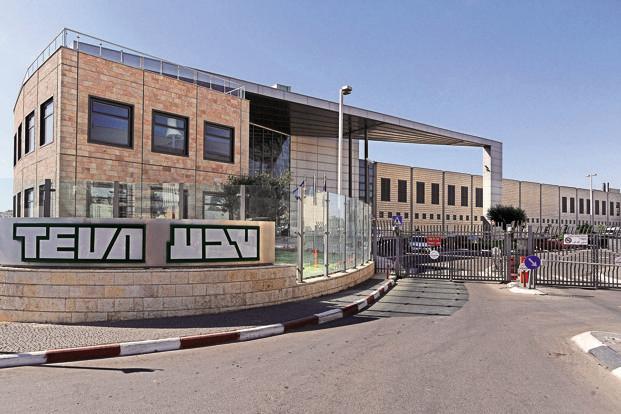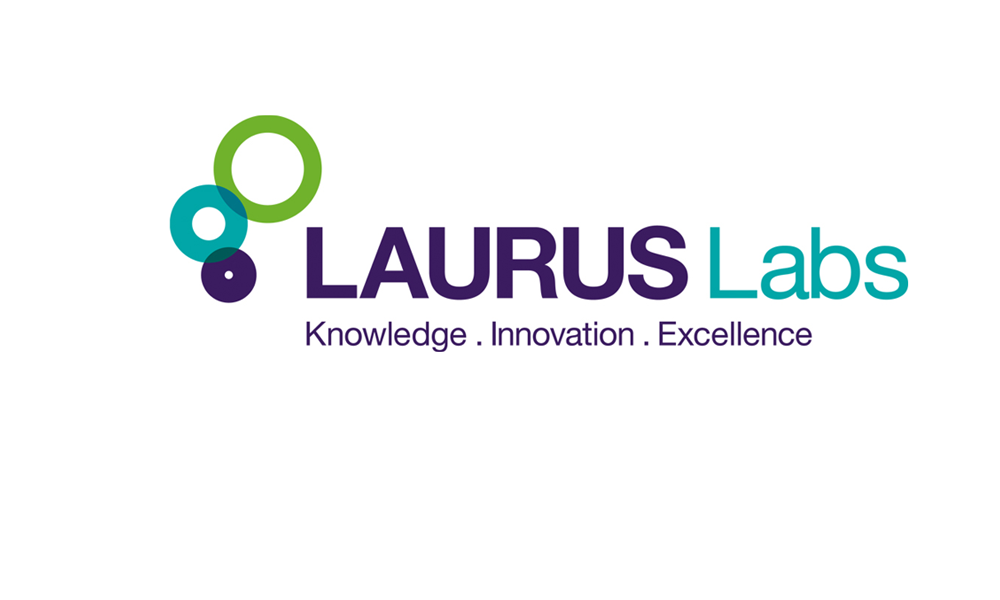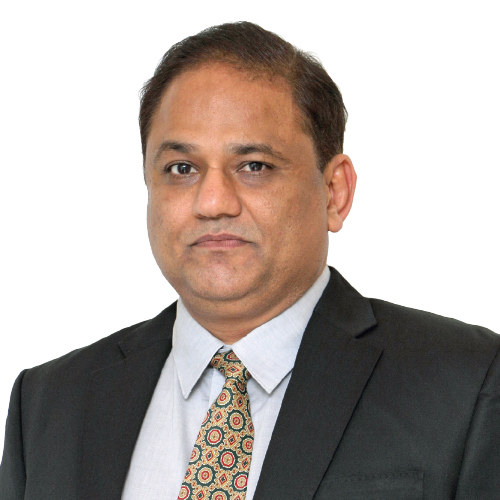Introduction
 The proliferation of information technology (IT) and other high technologies into medical imaging and diagnostic equipment in the last decade has resulted in the evolution of powerful new devices in the field of medical diagnostics. This has created business opportunity for companies involved in integrating this digital hub of devices and providing logical data sets to Users.
The proliferation of information technology (IT) and other high technologies into medical imaging and diagnostic equipment in the last decade has resulted in the evolution of powerful new devices in the field of medical diagnostics. This has created business opportunity for companies involved in integrating this digital hub of devices and providing logical data sets to Users.
These new developments have helped in the early detection and treatment of diseases and significantly improved patient care. A typical Network is illustrated in figure 1.

A hospital information system (HIS), also called clinical information system (CIS) is a comprehensive, integrated information system designed to manage the administrative, financial and clinical aspects of a hospital. This encompasses paper-based information processing as well as data processing machines.
 When looking at an electronic medical record and practice management system, features such as ability to convert paper charts to electronic format, access from any location, availability of training & support, customisation capabilities; ease of installation, ease of use and the history of vendor are very important.
When looking at an electronic medical record and practice management system, features such as ability to convert paper charts to electronic format, access from any location, availability of training & support, customisation capabilities; ease of installation, ease of use and the history of vendor are very important.
The development environment ensures that the HIS has the portability and connectivity to run on virtually all standard hardware platforms, with stringent data security and easy recovery in case of a system failure.

HIS provides the benefits of streamlined operations, enhanced administration and control, improved response to patient care, cost control, and improved profitability.
 The main features of HIS include:
The main features of HIS include:
-
Modular Structure
-
Integrated Design
-
Single Sign On Capability (Ecosystem patterns)
-
Multi Level Security
-
Easily Customizable Workflow (Business process ution language)
-
Web based Graphical User Interface (GUI) Based and User Friendliness.
Analysis
There are plenty of HIS product offerings presently in the Indian medical sector. But most of them have a common set of problems, such as, hours to days of downtime during time-critical care delivery, frequent interruptions in healthcare workflow due to non-support delays from IT providers, and even within the time to deploy updates each additional Operating System Version increases system configuration cost, and every additional PC configuration increases IT support cost, and inconsistent hardware configuration causes slower update and higher cost of ownership. Also old architecture and frameworks, which increases ownership cost and increases the effort on adopting faster communication mediums like Internet and handheld devices.
Figure 2 highlights issues that have created business opportunity for new vendors to come up with better hospital management systems, these attributes are important factors for any HIS system targeting the market.
Approach to New Technology
 All systems today seek to provide patient-centric care. Built on an integration platform, Oxyent Medical (OM)’s Hospital Information Center (HIC) brings benefits from inception, leveraging a wide range of systems and data sources, both within and outside medical institution, whether internally developed applications or products from other vendors.
All systems today seek to provide patient-centric care. Built on an integration platform, Oxyent Medical (OM)’s Hospital Information Center (HIC) brings benefits from inception, leveraging a wide range of systems and data sources, both within and outside medical institution, whether internally developed applications or products from other vendors.
Oxyent Medical follows ISO standards in C2M (Concept to Market) methodology and work internationally to produce medical grade software.
By embracing data and processes from such a wide range of sources, OM’s HIC helps organisations leverage their current investments and offers freedom of choice, as well as future-proofing against changes in systems and standards.
Salient Features
-
One Integrated View to Patients for Billing, Collection, Discharge Detail, Patient Medical History etc.
-
Package Supports Adaptability & Scalability of Software making it more robust.
-
General and Standardized Health Packages for the OPD & IPD Patients.
-
Authentication & Verification of entries through Audit Logging.
-
Web 2.0 based Easy Query Handling for instant decision of Bed Allocation for Patients, and request for the Bed Transfers.
-
Effective integration with existing or new PACS (Picture Archival and Communication Systems).
-
Data Mining and Business Reporting provisions for Graphical Presentation of the Data for Top Management’s Analysis.
-
Comprehensive Performance Reports.
-
Customisable Work Flow Management (compliant to Business Process ution Language (BPEL)) for all Functional areas.
-
Medical Archiving Support with EMC’s, Jukeboxes etc.
-
Interface facility with the Smart Card Technology.
-
Interface with the Bar Code.
-
Interface with various Laboratory Equipments for Data Capturing.
-
Integration of multiple units of Hospital across country.
-
Web-based Architecture that lowers the cost of scaling up quite drastically, by installing low-end computers with browser capabilities.
-
Efficiently move information between the client and the server.

A web-based model allows you to have distributed users; but reduces the maintenance task to a group of web servers. Hence, the downtime is dramatically reduced and the task is more manageable.
Another advantage is that a web-based model allows you to have distributed users; but reduces the maintenance task to a group of web servers. Hence, the downtime is dramatically reduced and the task is more manageable.
The diagram depicts the flow of Staff and Patient objects across different modules of HIS system. The diagram shows HIS modules as engines of these two data objects operating to perform analysis based on customisable workflow.
-
HIC describes an architecture that uses loosely coupled component to support the requirements of business processes and users.
-
HIC architecture is a collection of components. These components communicate with each other. The communication can involve either simple data passing or it could involve two or more services coordinating some activity.
-
HIC infrastructure can be shared by components with different backgrounds
-
All the components are connected to HIC over Web.
-
A component is function that is well defined, self-contained and does not depend on the context of any other function.
Conclusion
 With the difference between phones and computers disappearing with each new generation of cell-phones, and the convergence of technologies, web-based applications also open up opportunities in terms of delivering very powerful applications on devices with a very small form-factor. Moreover, web-based systems allow easy integration with data heavy PACS systems, which medical professionals want to use remotely.
With the difference between phones and computers disappearing with each new generation of cell-phones, and the convergence of technologies, web-based applications also open up opportunities in terms of delivering very powerful applications on devices with a very small form-factor. Moreover, web-based systems allow easy integration with data heavy PACS systems, which medical professionals want to use remotely.
The solution is modular and gives healthcare organisations the convenience of a flexible rollout strategy. Hospitals can choose to prioritise the deployment of those modules considered critical from the organisations patient care delivery goals.
Implementation of OM’s HIS consistently delivers the following benefits to healthcare providers.
-
Increase in revenues through online charge capturing and tracking of all billable services
-
Reduced operational costs through reduction in staff required for back office tasks
-
Better inventory management through accurate estimation of demand, timely procurement and distribution of medical and non-medical items
-
Increased productivity and elimination of human error through seamless integration with medical equipment
-
Improved patient satisfaction through reduced turnaround time at points of care
-
International, standards based clinical data repository (HL7v3 & CDA)
-
Web based (Web 2.0) solution supporting AJAX and advanced imaging needs.
-
SaaS based business model allowing cost reduction.
-
Easy customization due to Integrated Development Environment, which combines framework with solution.
-
Portal based solution especially useful for medical enterprise, which have huge patient base and varied applications.
-
Service Oriented Architecture allowing modular and scalable system design

Be a part of Elets Collaborative Initiatives. Join Us for Upcoming Events and explore business opportunities. Like us on Facebook , connect with us on LinkedIn and follow us on Twitter , Instagram.












